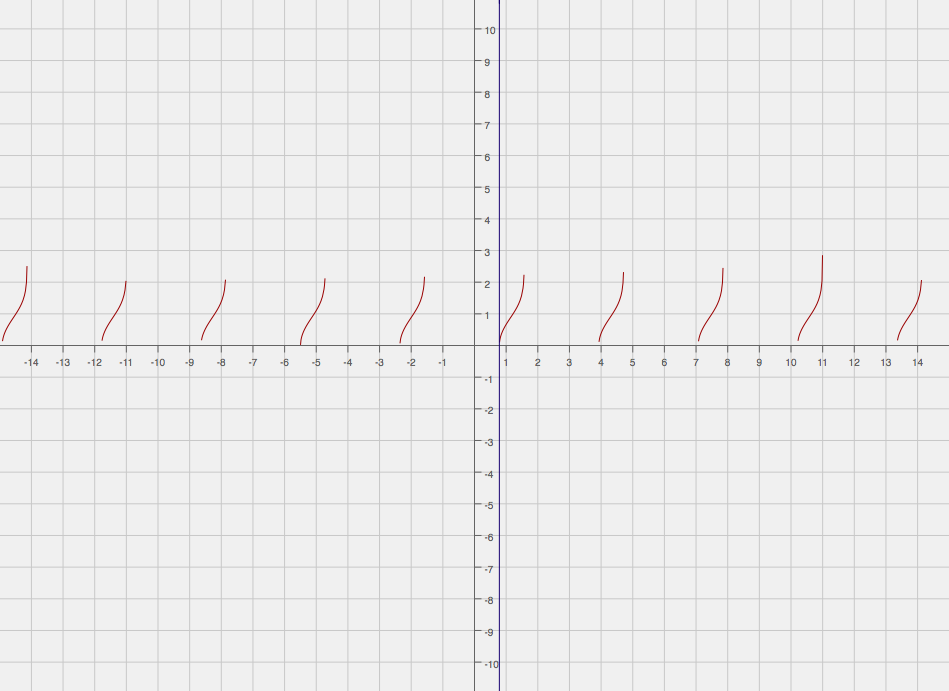Find the point #(x, y)# where the tangent touches the curve.
#f(pi/4) = sqrt(ln(tan(pi/4))) = sqrt(ln(1)) = sqrt(0) = 0#
The point is #(pi/4, 0)#.
Next, find the derivative. Let #y = sqrt(u)#, #u = lnv# and #v= tanx#.
Then #dy/(du) = 1/(2u^(1/2))#, #(du)/(dv) = 1/v# and #(dv)/dx = sec^2x#.
The chain rule states that #dy/dx = dy/(du) xx (du)/(dv) xx (dv)/dx#.
Accordingly:
#dy/dx = 1/(2u^(1/2)) xx 1/v xx sec^2x#
#dy/dx = sec^2x/(2u^(1/2)v)#
#dy/dx= sec^2x/(2(ln(v))^(1/2)tanx)#
#dy/dx = sec^2x/(2sqrt(lntanx)tanx)#
The slope of the tangent is given by evaluating #x = a# into the derivative, where #a# is the point of tangency.
#m_"tangent" = sec^2(pi/4)/(2sqrt(ln(tan(pi/4)))tan(pi/4))#
#m_"tangent" = (sqrt(2))^2/(2sqrt(ln(1)) * 1)#
#m_"tangent" = 2/(2(0)(1))#
#m_"tangent" = O/#
The tangent will be a vertical line, with equation #x = a#, where #a# is the point of tangency.
The equation is therefore #x = pi/4#.
Here is a graphical depiction. The function is displayed in #color(red)"red"# and the tangent line in #color(blue)"blue"#.

Hopefully this helps!


